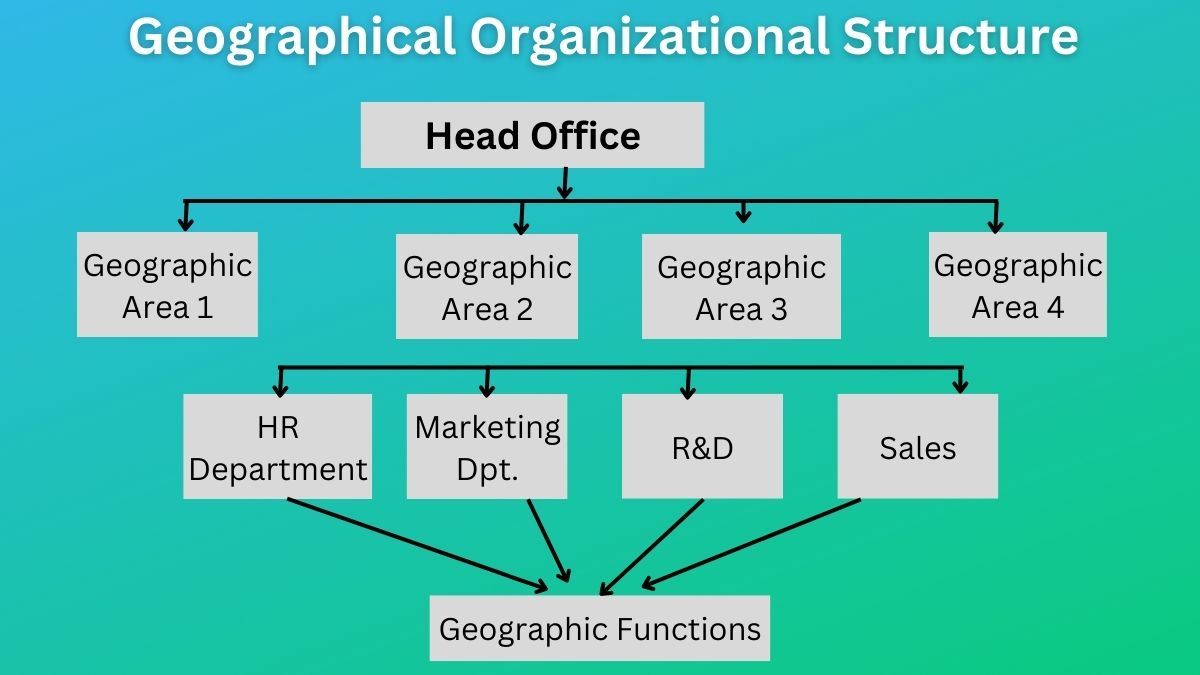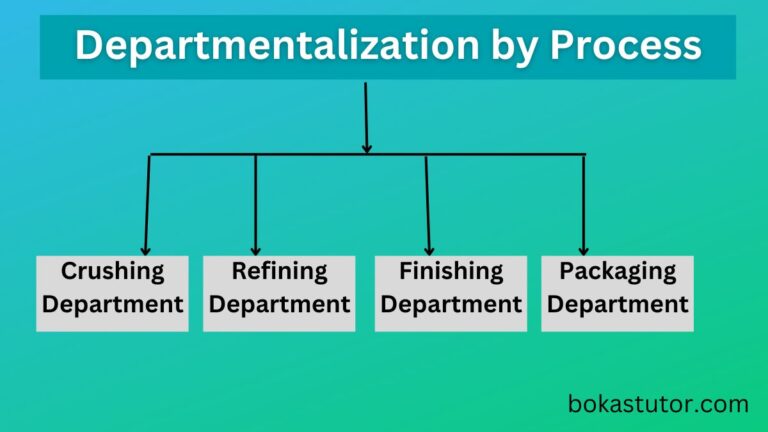What is Geographical Organizational Structure? Definition, and, Pros/Cons
What is Geographical Organizational Structure?
Geographical organizational structure is the process of creating a structure of the organization based on different geographic regions and locations where the organization’s activities operate. As its name suggests, it creates organizational structures considering the geographical operations of the business.
The geographic structure is suitable for organizations having expanded operations in different geographic areas. As many business organizations are multinationals, this type of organizational structure is becoming more popular.
Geographical structure aids in the identification of business opportunities, market-specific solutions, workplace remuneration options, and employee relations in the forms required in various geographic areas. Here, geographic locations of a country, countries, or multi-country regions serve as the organizational subunits or divisions.
In geographic organizational structure, the hierarchy of the management is divided on the basis of geographic location based on its business operation. It facilitates the organization to satisfy the local needs of the organization differently.
Geographical organizations help to understand the preferences of local customers which change according to geographic locations as well as they can solve the logistic issues faced by the organization as dedicated teams are allotted as per geographical divisions within the organization.
Advantages of Geographical Organizational Structure
The following are some pros of geographic structure.
Related: Geographical Segmentation
Better Customer Service
As its name suggests, the geographical structure facilitates the establishment of companies’ business units at different local as well as regional levels. This enables regional managers to better understand local needs, preferences, and tastes. As such, they can make relevant products and better satisfy the customers.
Improved Customer Communication
The geographical structure often promotes improved communication between the local customers and local divisions of the organization. Such local divisions can better interact with local customers and create value for the organization. Further, customers can communicate directly with the organization’s authorities and share their feedback easily.
Suitable for Large Organizations
Geographical organizational structure is a suitable option for organizations operating at different locations either locally or globally. It is often a suitable option for the firm aiming to expand its operations into different geographical locations.
Facilitates Prompt Decisions
This organizational structure also facilitates prompt decisions as the local management structure can make decisions without the consent of the central management. The prompt decision also enables companies to serve the right customers at the right time.
Reduce the Cost of Production
The geographical structure enables organizations to estimate the demand of the local customers as such it helps to reduce the cost of overproduction and wastage of raw materials.
Flexible Structure
The geographical structure ensures flexibility in business operations. This flexibility enables organizations to be adaptive in the changing business environment. As changes happen in the environment, the regional managers also have the autonomy to make relevant decisions.
Related: Functional Organizational Structure
Disadvantages of Geographical Organizational Structure
Despite many pros, the geographical structure also has some cons. They are:
Costly Structure
The geographic structure is a costly organizational structure. Establishing different divisions and divisional managers in different geographic areas requires a higher administrative cost. Which proves geographic structure is a costly structure.
Chance of Miscommunication
There is a chance of miscommunication between regional offices and central offices because of the unique situation of every regional office.
May Lead to Inefficient Operations
In geographical organization, regional authorities are given too much autonomy to exercise their work in their own way. This too much independence may lead regional authorities to only focus on their regional goals ignoring the overall organizational goals. Thus, effective leadership is required to keep every regional authority in the right direction.
Competition for Resources
Companies may occasionally or sometimes have restricted access to resources. Due to this, it could be challenging to provide each division with the resources it requires. This could lead to a shortage and unhealthy competition amongst divisions.
Read Next: Line Organizational Structure
Sajan Kushmi is a content writer with more than 4 years of experience. He holds BIM Degree. He write on the topics related to Management, Marketing, and Entrepreneurship.






